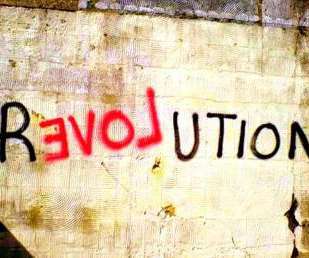An Evolution of Evaluation in Grantmaking With a Participatory Lens
sgEngage
OCTOBER 9, 2023
All too frequently, the grantmaker alone is determining, leading, and benefiting from MEL processes with no input or collaboration from the people, organizations or community impacted. A Shared and Flexible Understanding of Impact As practitioners of and advocates for participatory philanthropy, we believe there’s a better way.









































Let's personalize your content